First flown in 1924.
After many customers were disappointed with the P2A's performance, PAC decided to improve the P2A with the new and improved P2B model. The P2B's imrovements include swapping the twin NP-1's with the recently introduced (at the time) NR-2 Radial engines. The NR-2 Radial, a 5-piston, reliable and rugged, 150-200HP (350HP in S.P.) radial engine with a long prop on each engine, greatly improved the P2B and made it into a real rugged airliner and bushplane that it was meant to be, and what made it so popular. With it's low purchase cost, ease of maintenance, and easy-to-maintain yet powerful radial engines made it a true seller. Other improvements include more interior options and a greatly improved cruise speed at 150MPH or 130 knots and the P2B can get off the ground much quicker AND can carry all 8 passengers + baggage.
The P2B is what proved the Dragonfly and gave it a good reputation. The P1B was the most produced Dragonfly out of the whole series.
AG-1 = Nav, Beacon, Strobe lights
AG-2 = Landing lights
Specifications
General Characteristics
- Successors 1 airplane(s)
- Created On Windows
- Wingspan 56.2ft (17.1m)
- Length 37.7ft (11.5m)
- Height 16.1ft (4.9m)
- Empty Weight 8,047lbs (3,650kg)
- Loaded Weight 13,364lbs (6,062kg)
Performance
- Horse Power/Weight Ratio 0.149
- Wing Loading 19.2lbs/ft2 (93.9kg/m2)
- Wing Area 694.6ft2 (64.5m2)
- Drag Points 5274
Parts
- Number of Parts 104
- Control Surfaces 7
- Performance Cost 444

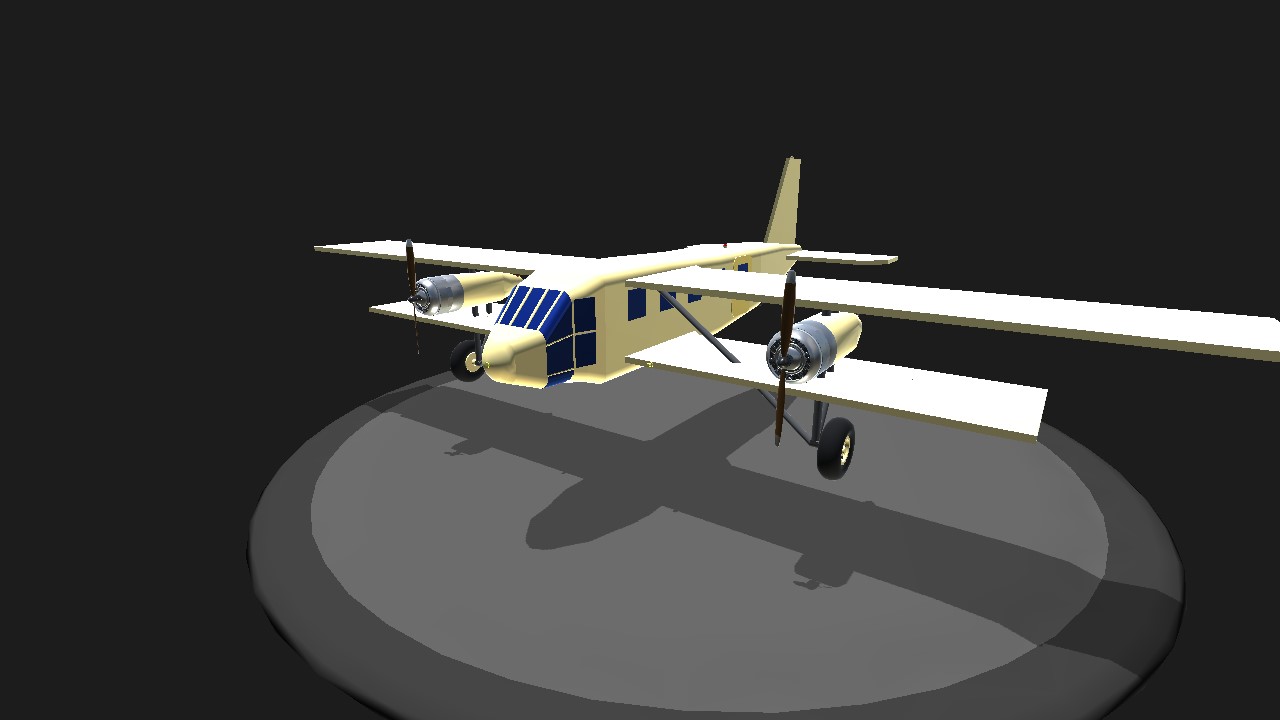
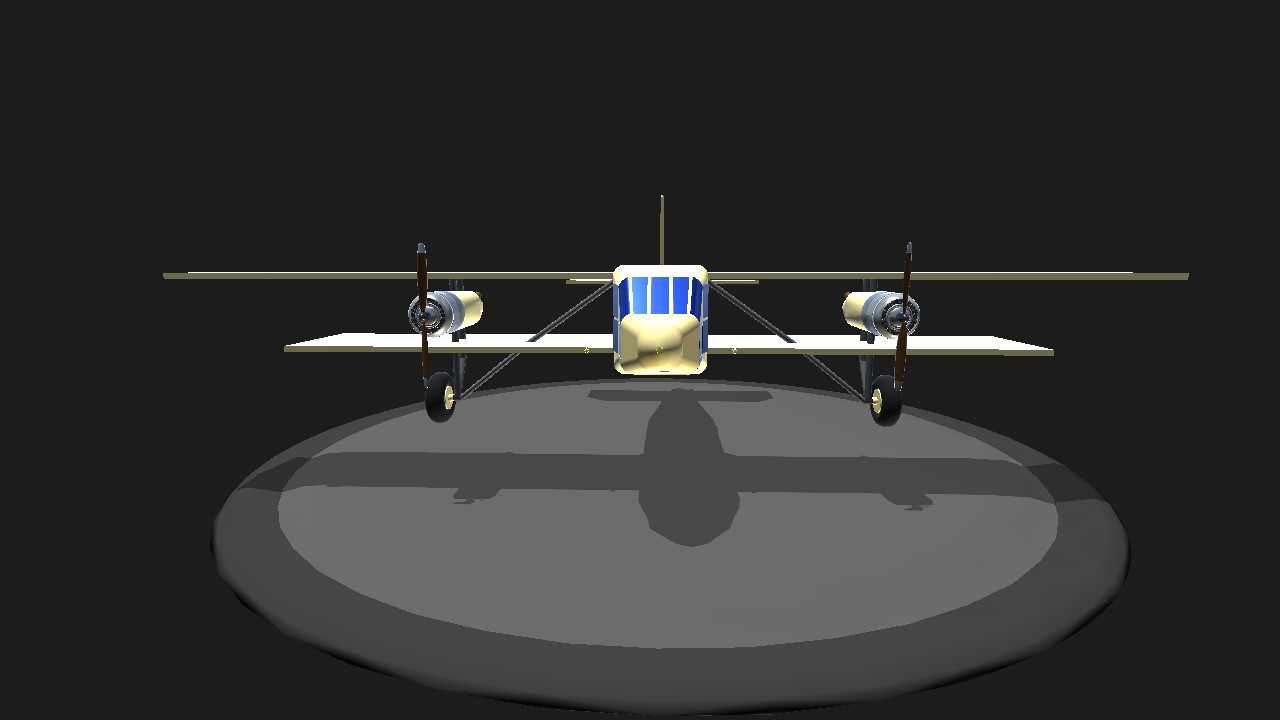
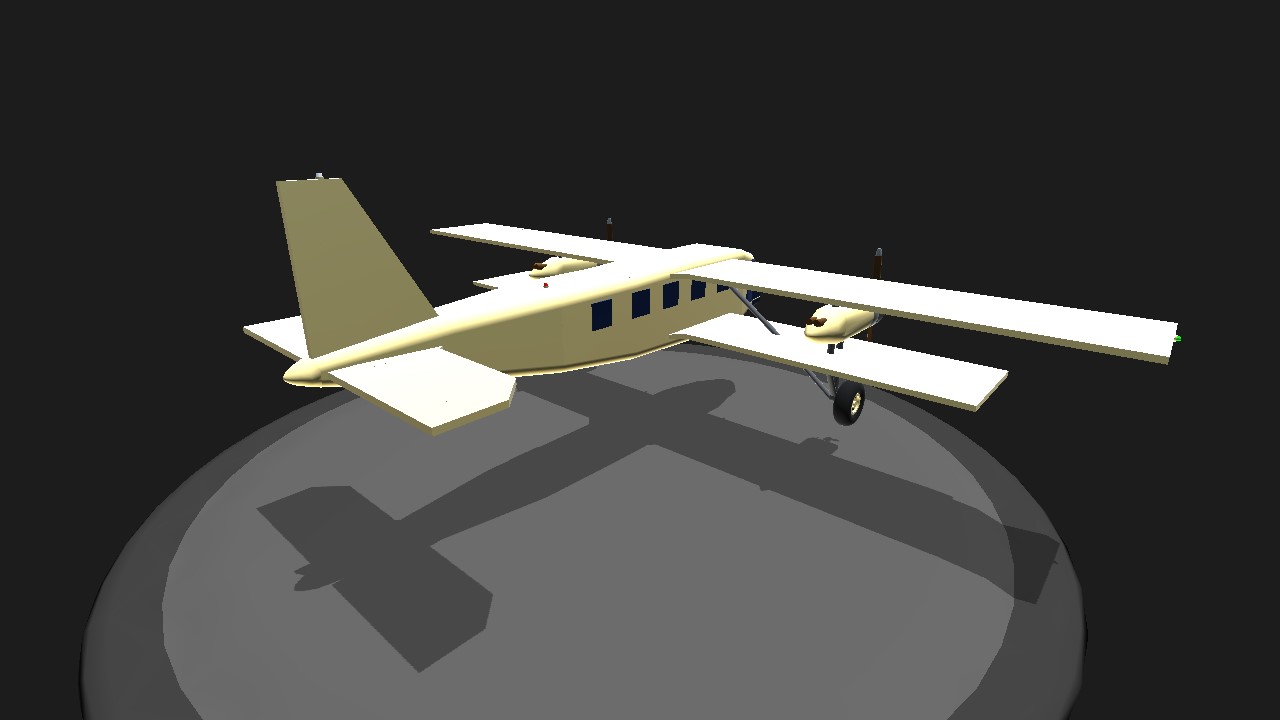
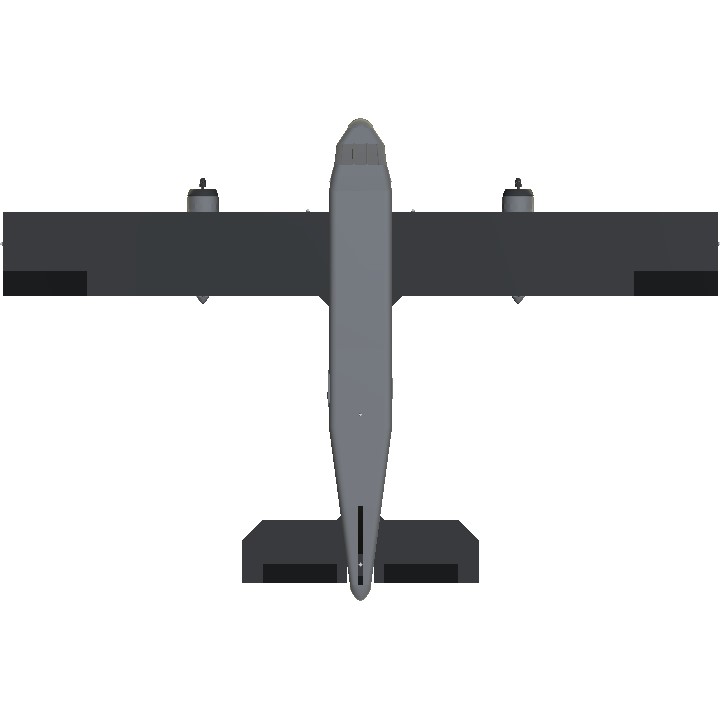

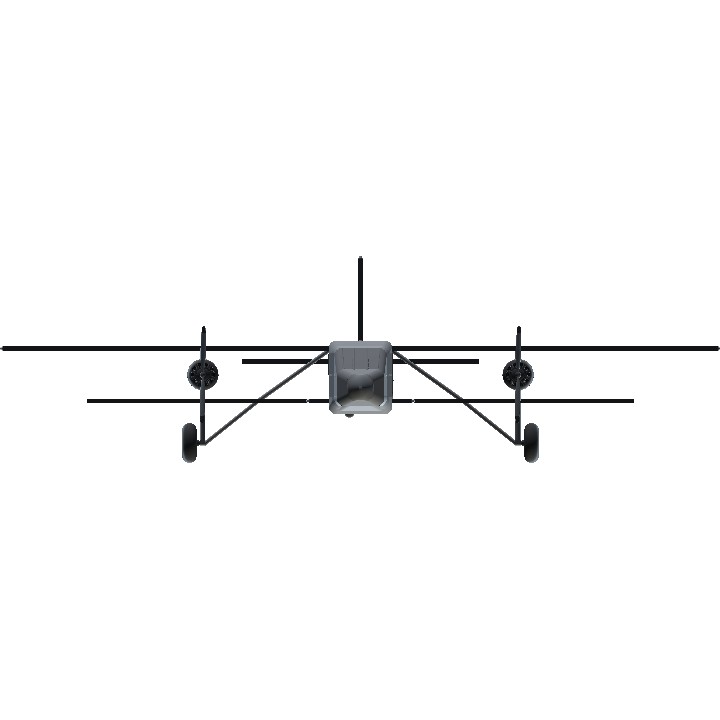
@sofa2425
Thank you sofa2425 for the upvote!
Wow looks like my P2 Dragonfly has a real-world counterpart
https://en.wikipedia.org/wiki/DeHavillandDragonfly
FYI yes I knew De Havilland built some passenger plane like this but couldn't remember the name to it. Guess it was Dragonfly!
@Liquidfox
Thank you Liquidfox!
The P1B's greatly improved flying performance is what made it an instant hit back in 1924.
@Blue0Bull
Thanks for the upvote!